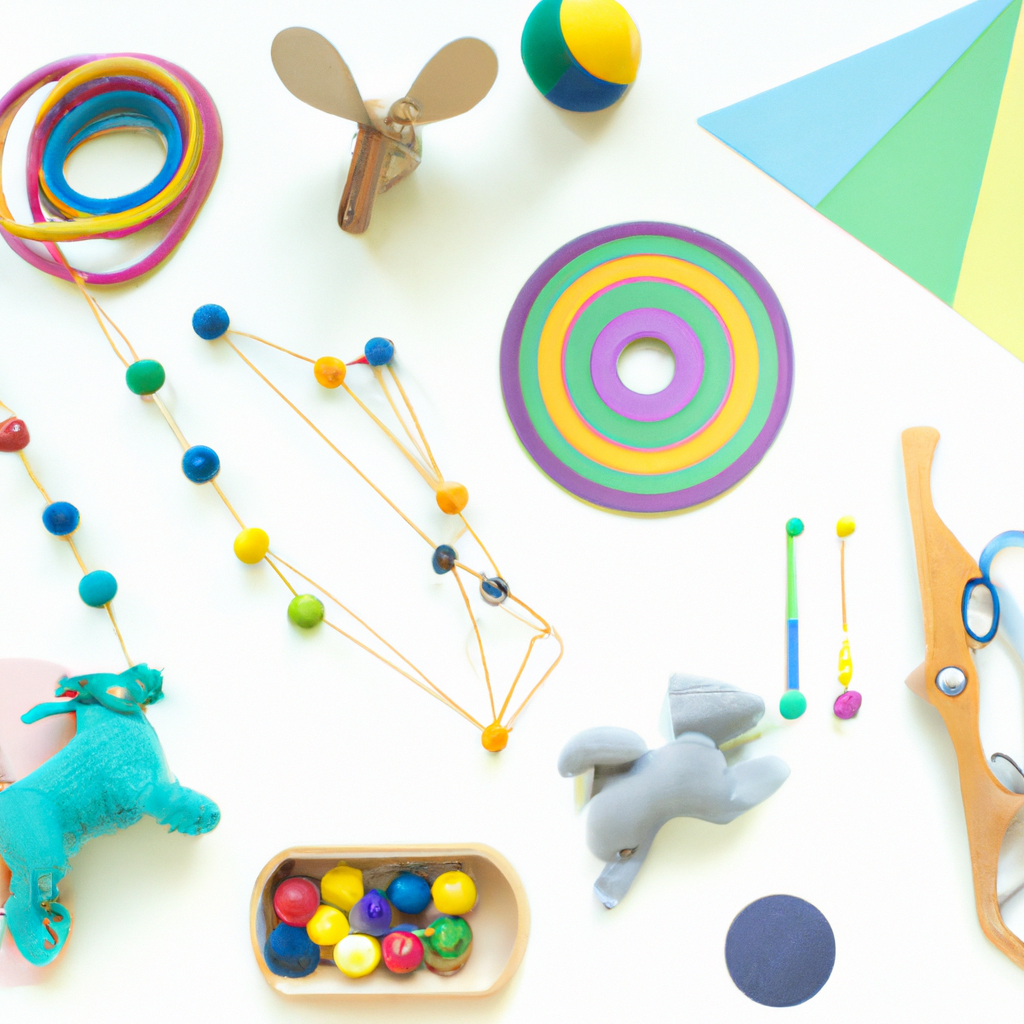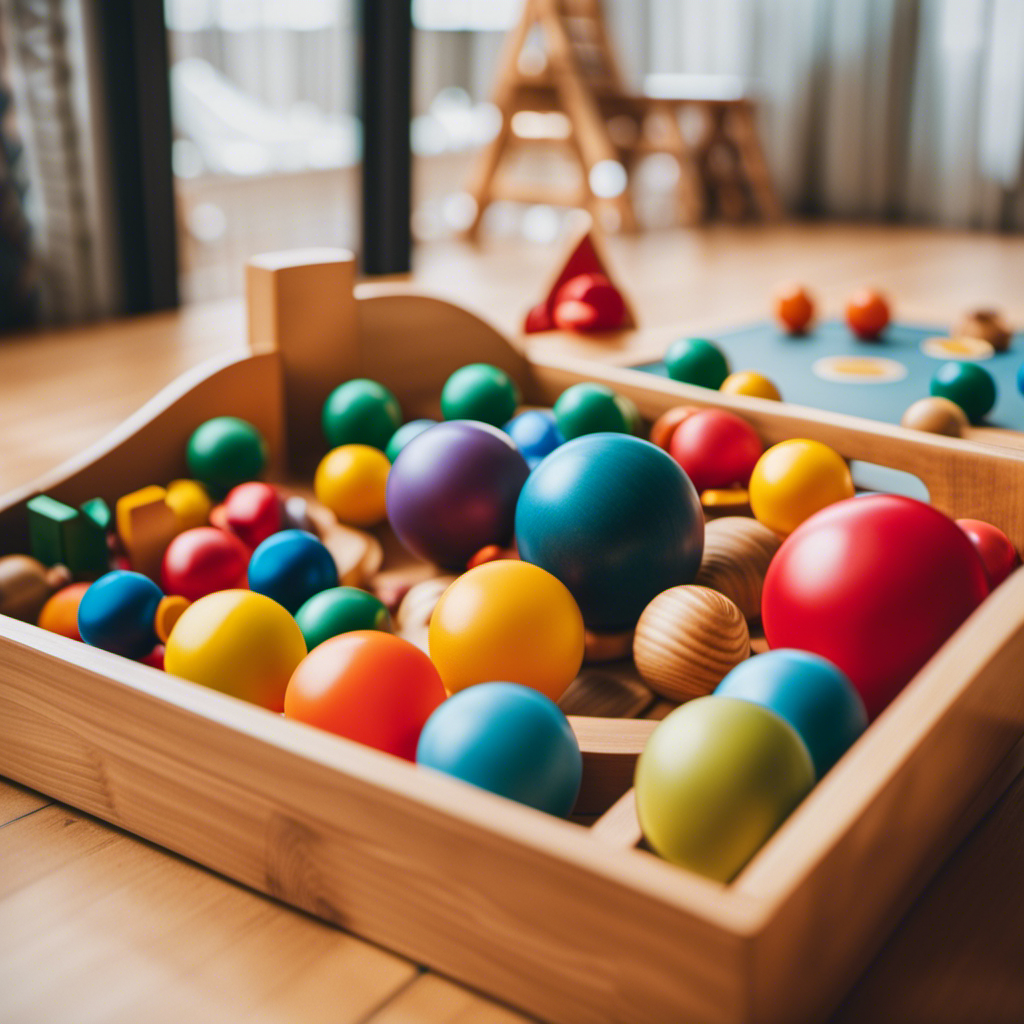When it comes to choosing eco-friendly materials for toys, these 9 essential tips will help you make the right choice.
From natural wood to organic cotton, recycled plastic to non-toxic paints, we’ll guide you towards sustainable options that prioritize the well-being of our planet.
With our thorough and knowledgeable approach, you can make informed decisions that benefit both the environment and the little ones you love.
Let’s dive in and discover the best ways to create a world of play that serves and protects.
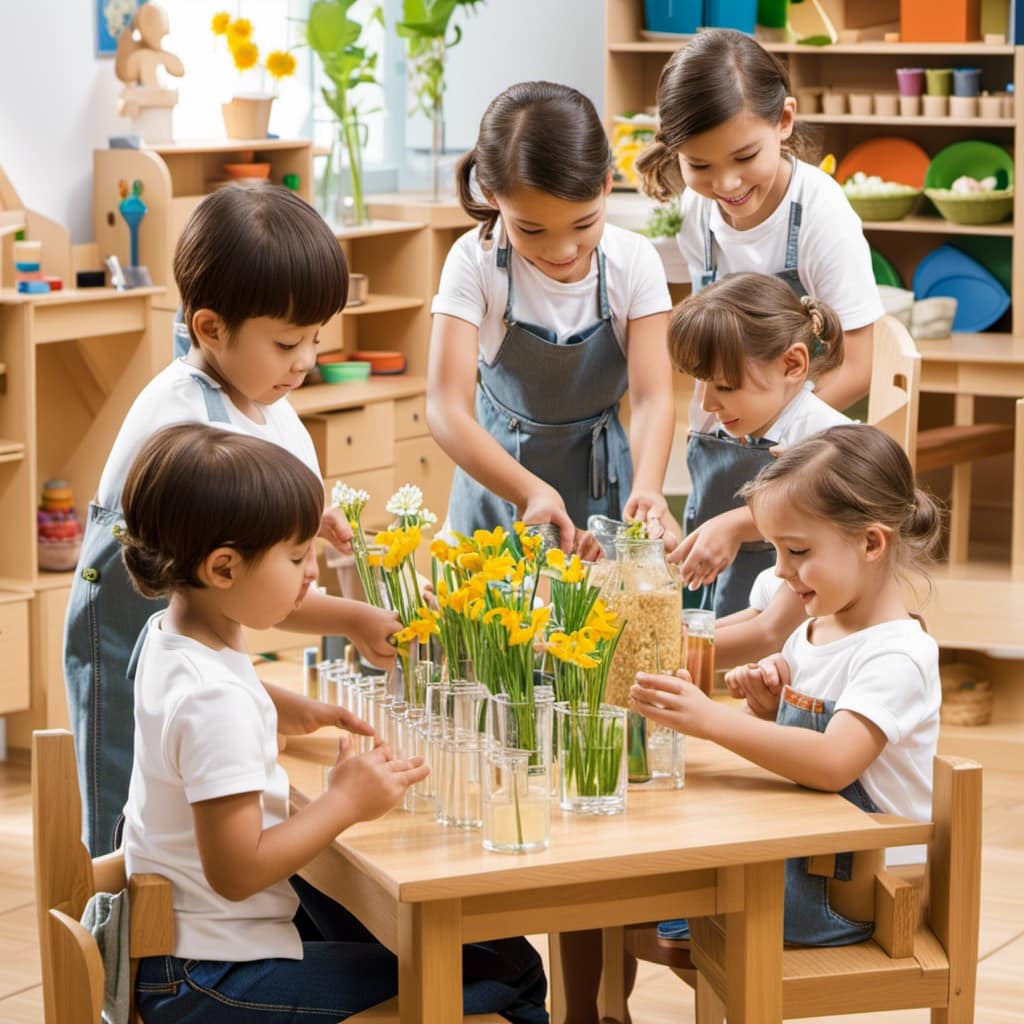
Key Takeaways
- Choose toys made from sustainable materials like natural wood, organic cotton, bamboo, and biodegradable materials.
- Look for toys with eco-friendly manufacturing processes and non-toxic finishes to ensure the safety of children and the environment.
- Consider plush toys with eco-friendly stuffing and natural dye options for a more sustainable and safer choice.
- Opt for BPA-free options to prioritize the safety of children and to avoid harmful effects associated with BPA.
Natural Wood
When it comes to choosing eco-friendly toy materials, we prefer natural wood. Natural wood toys aren’t only aesthetically pleasing, but they also have numerous environmental benefits.
One of the key advantages of natural wood is that it can be sourced sustainably. Many manufacturers take great care to ensure that their wood comes from responsibly managed forests, promoting the conservation of natural resources. Additionally, the manufacturing processes for natural wood toys often involve eco-friendly practices, such as using non-toxic finishes and minimizing waste.
Another important aspect of natural wood toys is their durability. Unlike plastic toys that may break easily and end up in landfills, natural wood toys are built to last. They can withstand rough play and can be passed down through generations, reducing the need for constant replacement.
In the next section, we’ll explore another eco-friendly toy material: organic cotton.

Organic Cotton
Moving on to the next eco-friendly toy material, we also highly recommend considering organic cotton.
Organic cotton is a biodegradable fabric that’s grown using sustainable farming practices. Unlike conventional cotton, organic cotton is grown without the use of synthetic pesticides or fertilizers, reducing its impact on the environment.
By choosing toys made from organic cotton, you aren’t only supporting sustainable farming methods but also ensuring that your child is playing with a safe and non-toxic material. Organic cotton toys are soft, durable, and hypoallergenic, making them perfect for young children.
Additionally, organic cotton farming promotes healthy soil, water conservation, and biodiversity, making it a responsible choice for the planet.
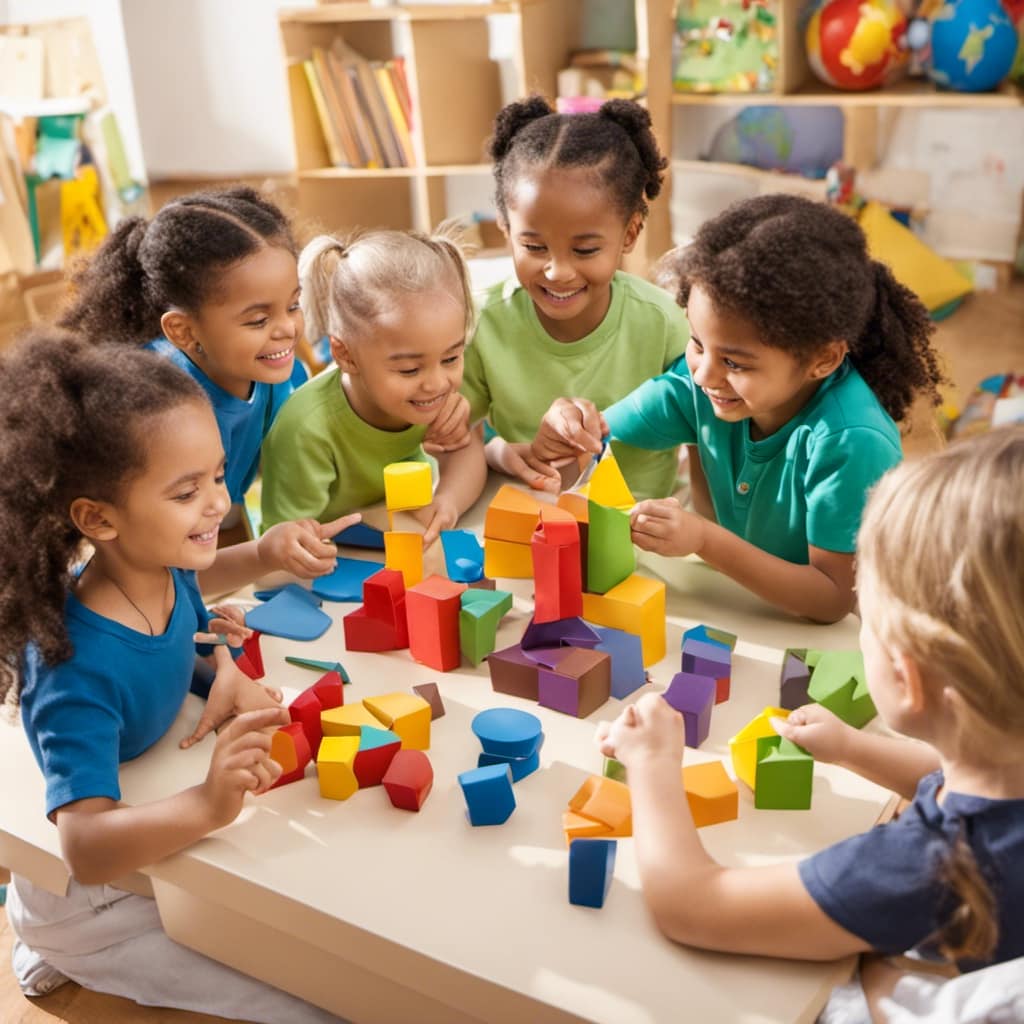
Consider opting for toys made from organic cotton to provide a safe and eco-friendly playtime experience for your child.
Recycled Plastic
When considering eco-friendly toy materials, recycled plastic is an excellent option to consider. There are several benefits of using recycled plastic toys, including reducing the demand for new plastic production, diverting waste from landfills, and promoting the circular economy.
However, it’s important to be aware of the environmental impact of recycled plastic toys, such as the potential release of harmful chemicals during the recycling process.
Benefits of Using Recycled Plastic Toys
By choosing toys made from recycled plastic, we actively contribute to reducing waste and promoting a more sustainable future. Recycled plastic toys offer several environmental benefits, including:
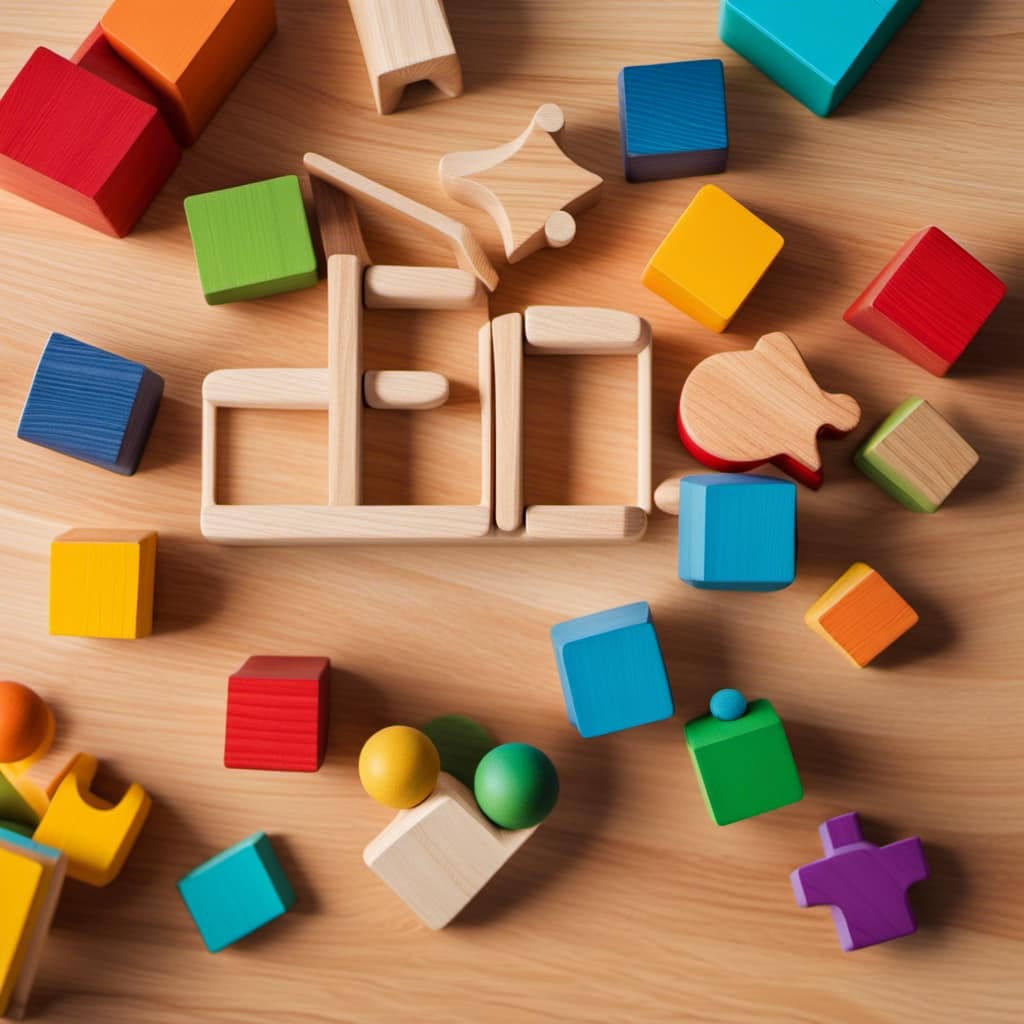
-
Waste diversion: By using recycled plastic, we help divert plastic waste from landfills and oceans, reducing the strain on our environment.
-
Energy conservation: Producing new plastic requires significant amounts of energy, whereas using recycled plastic requires much less energy, conserving valuable resources.
-
Reduced carbon emissions: The production of recycled plastic toys emits fewer greenhouse gases compared to the production of toys made from virgin plastic, helping to combat climate change.
In addition to their environmental benefits, recycled plastic toys are also known for their durability and safety. These toys are designed to withstand rough play and are often free from harmful chemicals commonly found in traditional plastic toys.
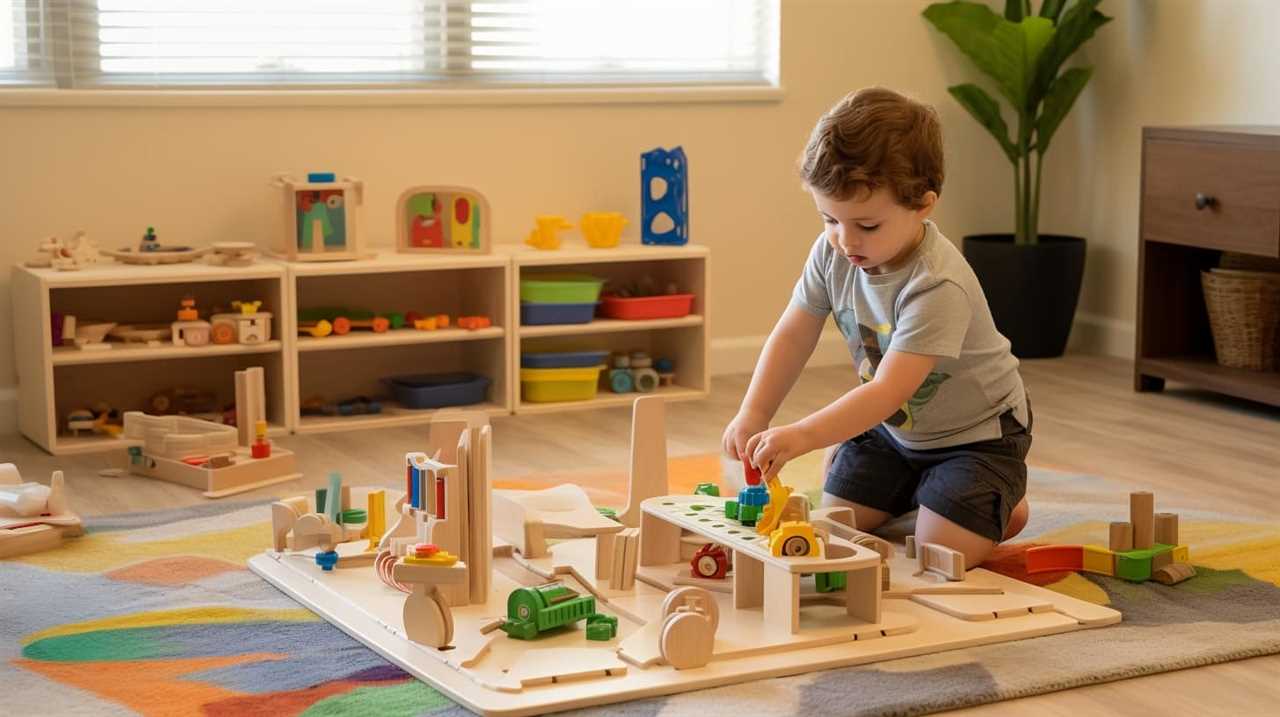
Environmental Impact of Recycled Plastic Toys
Recycled plastic toys have a significant positive impact on the environment. With growing environmental concerns, the use of recycled plastic in toy production helps reduce the amount of plastic waste that ends up in landfills or oceans. By utilizing recycled plastic, we’re able to give new life to materials that would otherwise take centuries to decompose. This not only reduces the demand for virgin plastics but also conserves energy and natural resources required for plastic production.
Moreover, recycled plastic toys contribute to long-term sustainability by promoting a circular economy, where materials are reused and recycled instead of being discarded.
Transitioning into the next section about non-toxic paints, it’s important to consider the impact of the entire toy, including the materials used for coloring and finishing.
Non-Toxic Paints
To ensure the safety of children, we prioritize using non-toxic paints when selecting eco-friendly toy materials. When it comes to paints used on toys, it’s important to avoid toxic dyes that can be harmful if ingested or come into contact with the skin. Instead, we opt for eco-friendly pigments that are free from harmful chemicals and heavy metals.
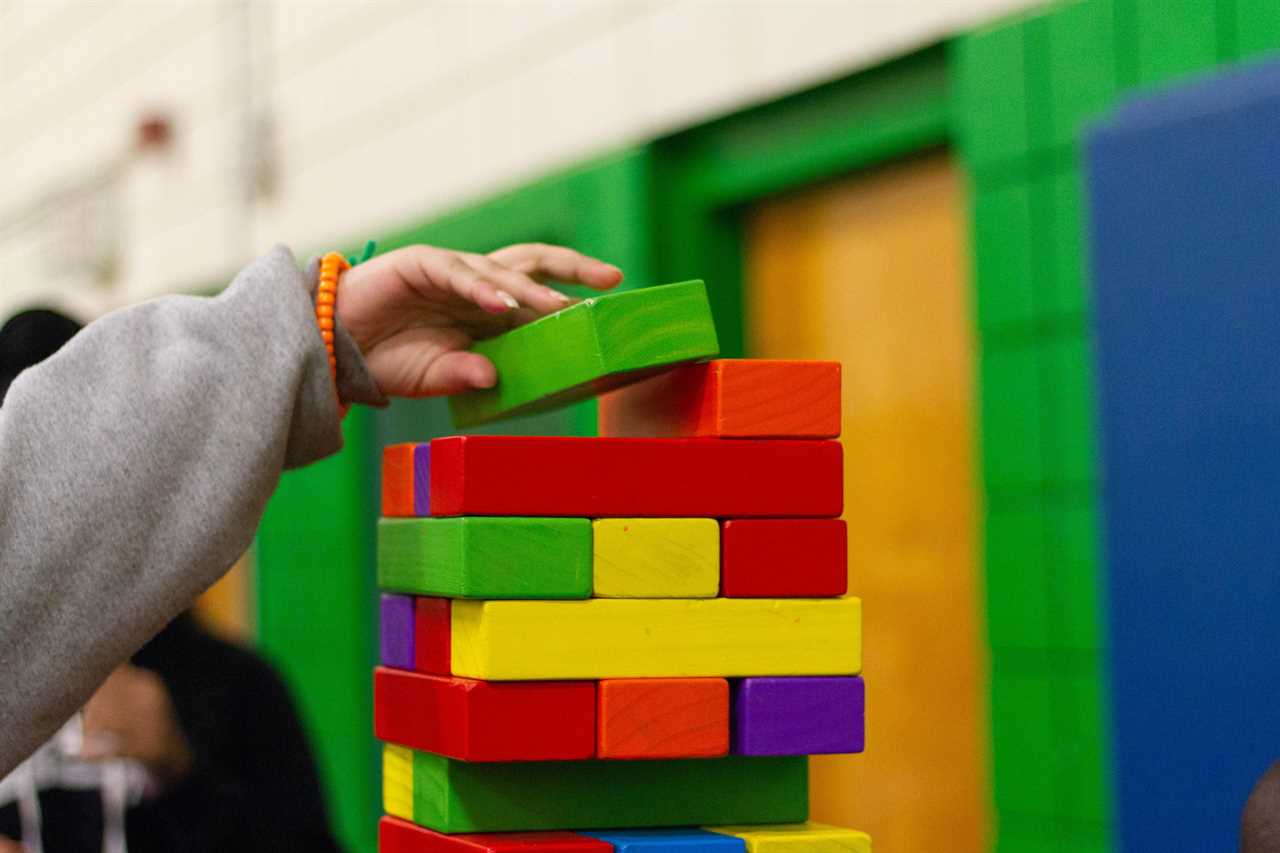
Here are three reasons why non-toxic paints are the best choice for eco-friendly toys:
-
Safety: Non-toxic paints are specifically formulated to be safe for children. They don’t contain harmful substances like lead, phthalates, or volatile organic compounds (VOCs), which can have adverse health effects.
-
Environmental Impact: Eco-friendly pigments used in non-toxic paints are made from natural, renewable resources. They’re biodegradable and don’t contribute to air or water pollution.
-
Health Benefits: Non-toxic paints not only protect children’s health but also promote a healthier environment. By choosing eco-friendly pigments, we reduce the risk of allergies, respiratory problems, and other health issues associated with toxic paints.
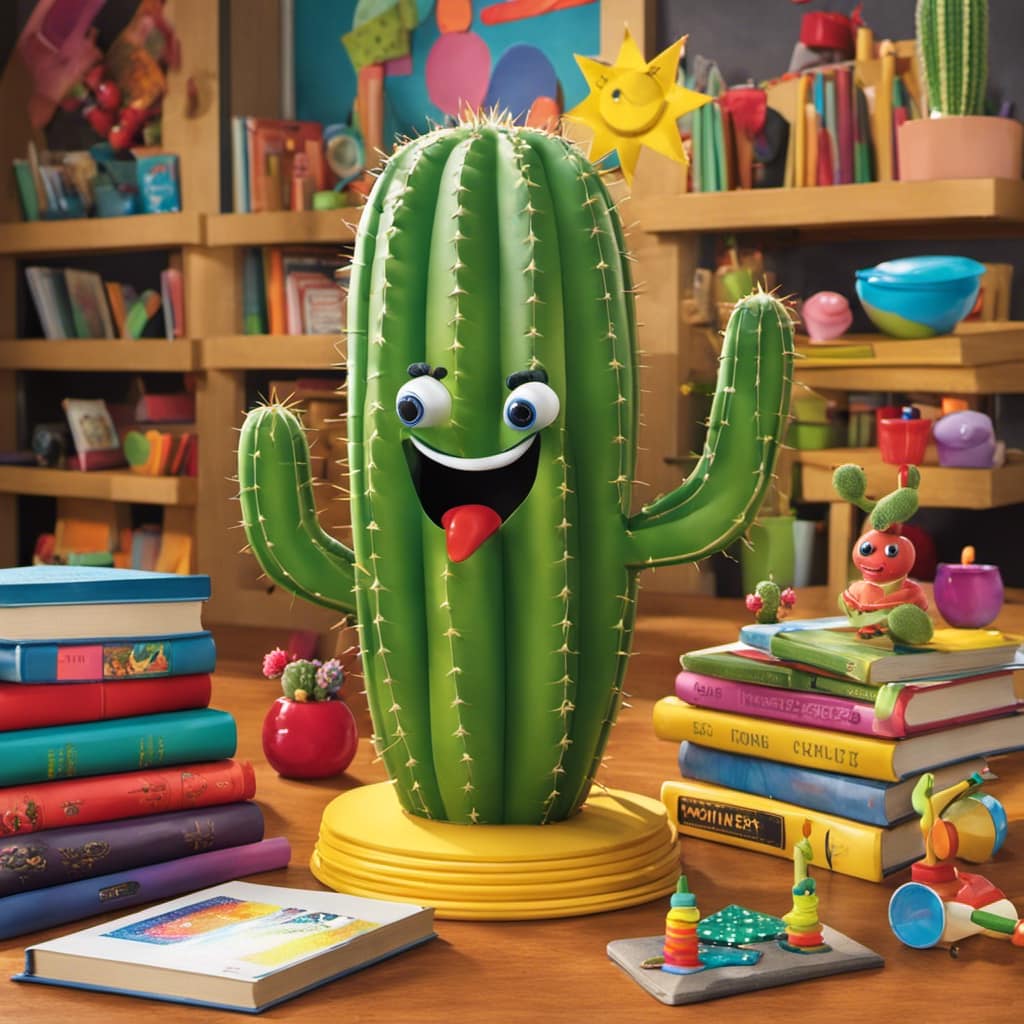
Sustainable Bamboo
When it comes to eco-friendly toy materials, sustainable bamboo is a top choice.
Bamboo is a fast-growing renewable resource that requires minimal pesticides and fertilizers to grow.
Choosing bamboo toys not only helps reduce deforestation, but also promotes sustainable practices and supports a healthier environment for future generations.
Bamboo: Eco-Friendly Alternative
We found that bamboo is a highly sustainable and eco-friendly alternative for toy materials. Here are three reasons why bamboo toys are beneficial for both the environment and the end-users:
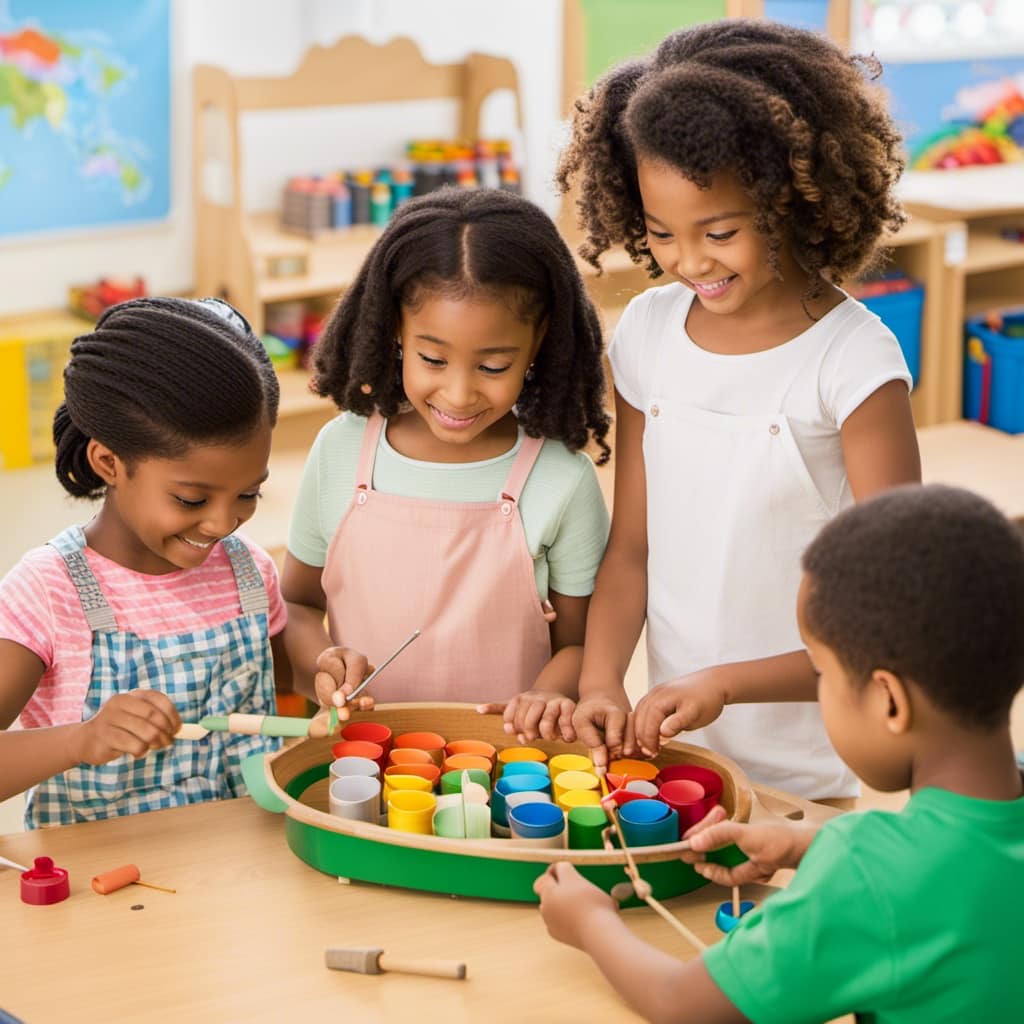
-
Renewable resource: Bamboo is one of the fastest-growing plants on earth, making it a highly renewable resource. It can be harvested within 3-5 years of planting, compared to traditional hardwoods that take decades to grow. This allows for a sustainable and continuous supply of bamboo for toy production.
-
Low environmental impact: Bamboo is grown without the use of harmful pesticides or fertilizers, making it an eco-friendly choice. Its natural antimicrobial properties also make it resistant to pests and bacteria. Additionally, bamboo forests help to reduce carbon dioxide levels and prevent soil erosion, contributing to a healthier environment.
-
Durability and safety: Bamboo toys are known for their durability, making them long-lasting and reducing the need for frequent replacements. Bamboo is also non-toxic and hypoallergenic, making it a safe option for children to play with.
Benefits of Bamboo Toys
Continuing from the previous subtopic, let’s explore the benefits of using sustainable bamboo for toy materials. Bamboo toys offer both sustainability and durability, making them an excellent choice for eco-conscious consumers.
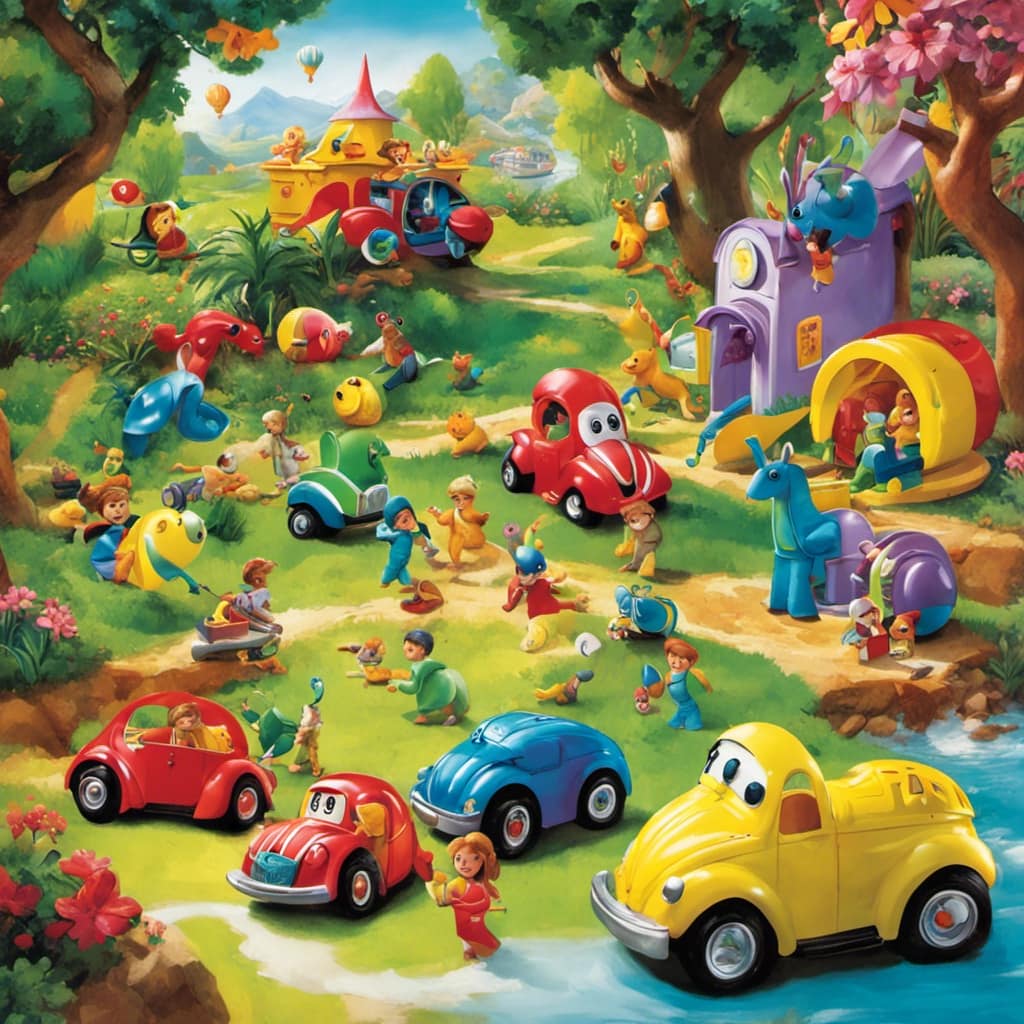
Bamboo is a highly sustainable material because it grows rapidly and requires minimal resources. It is a renewable resource that can be harvested without causing harm to the environment. Additionally, bamboo has natural antibacterial and antifungal properties, reducing the need for chemical treatments in the manufacturing process.
Furthermore, bamboo toys are known for their durability. Bamboo is a strong and sturdy material that can withstand rough play and regular use, making it a long-lasting option for children’s toys. Its natural strength also means that bamboo toys are less likely to break or wear out quickly, reducing the need for frequent replacements.
In conclusion, choosing bamboo toys not only supports sustainability but also provides durable and safe play options for children. By opting for bamboo, you are making a conscious decision to serve both the environment and the little ones in your life.
| Benefits of Bamboo Toys |
|---|
| Sustainable material |
| Rapid growth |
| Minimal resource usage |
| Natural antibacterial properties |
| Durability |
Biodegradable Materials
Biodegradable materials offer a sustainable alternative for eco-friendly toys. When considering biodegradable alternatives for toy materials, it’s important to also think about eco-friendly packaging. Here are three reasons why biodegradable materials are a great choice for eco-friendly toys:
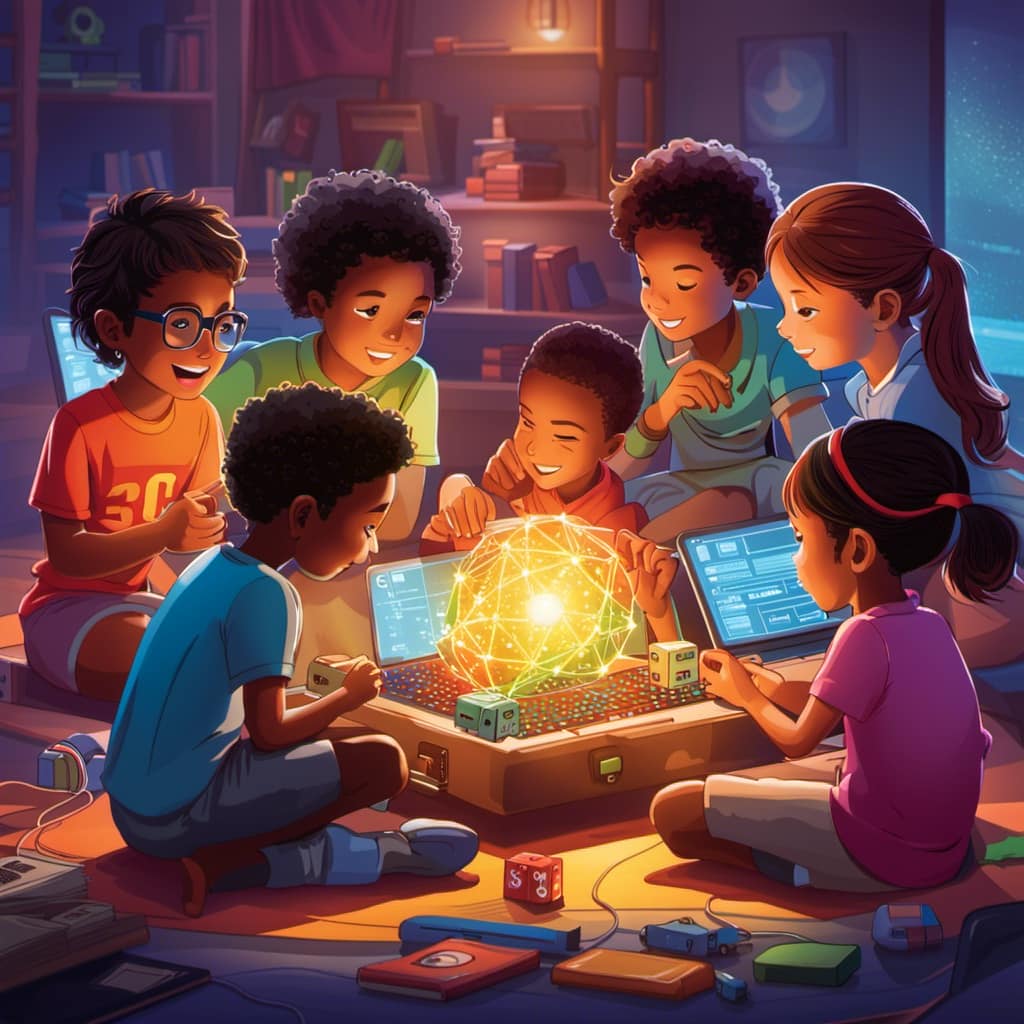
-
Environmental Impact: Biodegradable materials break down naturally, reducing the amount of waste that ends up in landfills or oceans. This helps to minimize pollution and preserve our planet for future generations.
-
Non-Toxic: Biodegradable materials are often made from natural substances that are free from harmful chemicals. This ensures that the toys are safe for children to play with and eliminates the risk of exposure to toxic substances.
-
Renewable Resources: Many biodegradable materials are derived from renewable resources such as plant fibers or starches. This means that they can be replenished and don’t contribute to deforestation or other environmental issues.
Upcycled Fabrics
To explore the benefits of upcycled fabrics in eco-friendly toys, let’s delve into their unique characteristics and advantages.
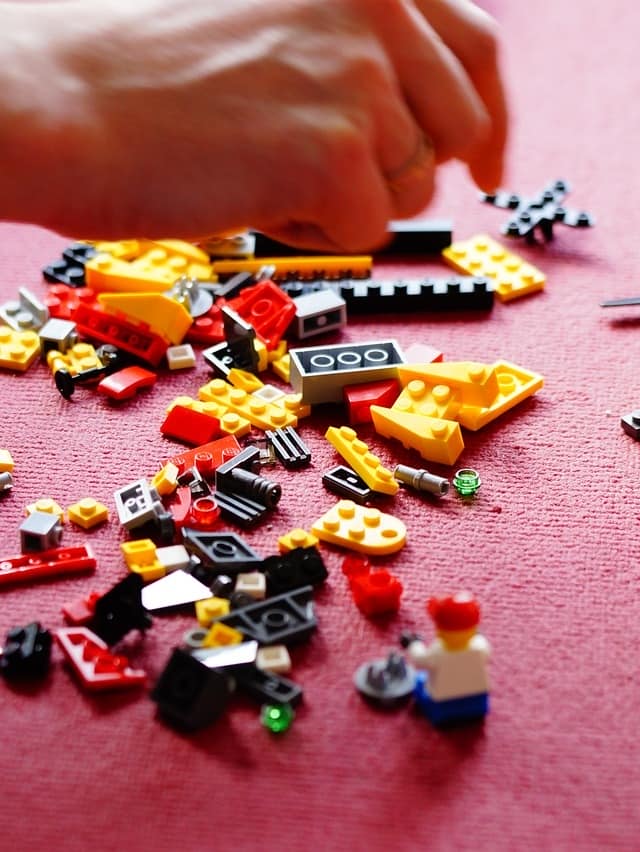
Upcycled fabrics are considered one of the most sought-after eco-friendly alternatives in the toy industry. These fabrics are made from repurposed materials such as old clothing, curtains, and upholstery, diverting them from ending up in landfills. By using upcycled fabrics, toy manufacturers can reduce their carbon footprint and contribute to a more sustainable future.
Not only does this practice promote recycling and waste reduction, but it also helps conserve resources like water and energy that would have been used to produce new fabrics. Additionally, upcycled fabrics often possess a vintage charm and uniqueness, adding character and appeal to eco-friendly toys.
Now, let’s move on to the next section and explore the world of eco-friendly plush toys.
Eco-Friendly Plush
Moving on to the world of eco-friendly plush, let’s now explore the benefits and features of these sustainable toys.
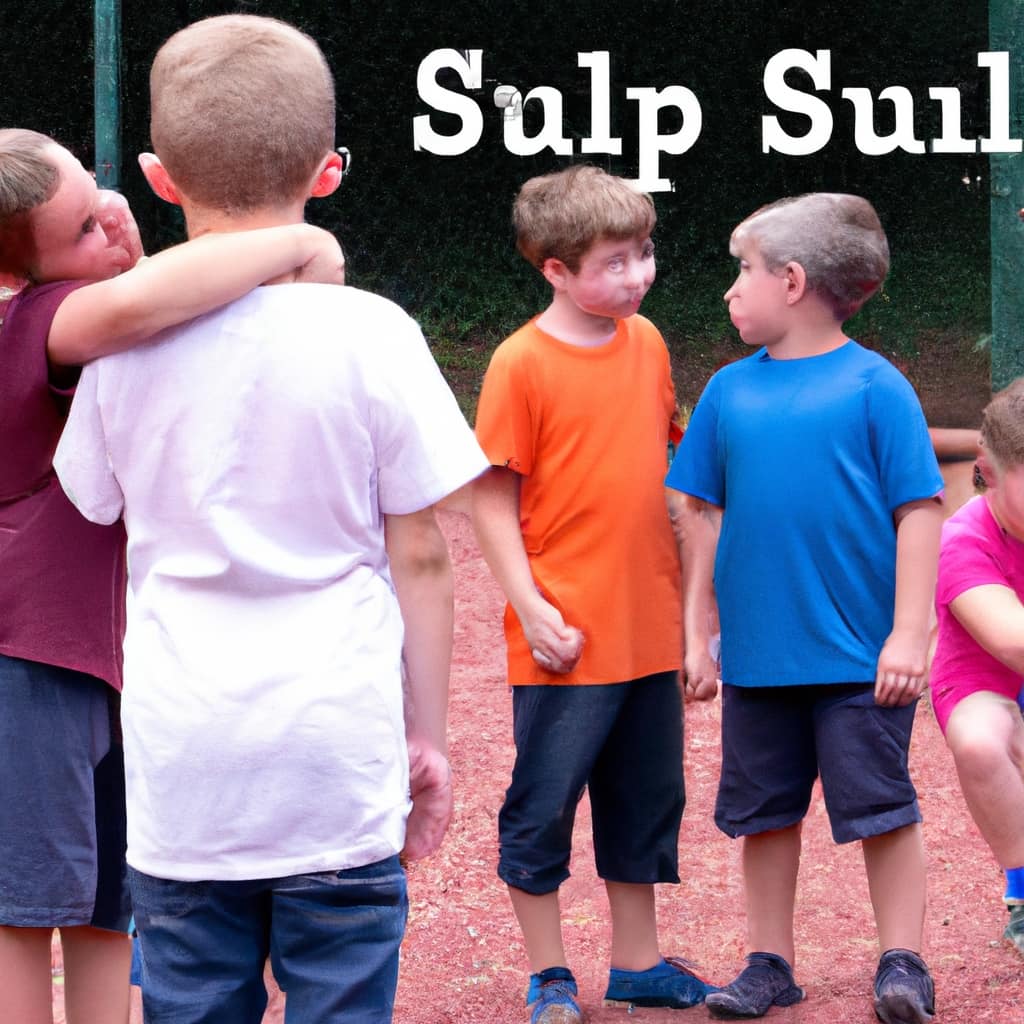
When it comes to eco-friendly plush toys, there are a few key factors to consider:
-
Eco-friendly stuffing: Opt for plush toys that are filled with natural and sustainable materials such as organic cotton, bamboo fiber, or recycled polyester. These materials aren’t only better for the environment but also safer for children, as they reduce the risk of exposure to harmful chemicals.
-
Natural dye options: Look for plush toys that are colored with natural dyes derived from plants or other organic sources. This eliminates the use of synthetic dyes, which can be harmful to both the environment and human health.
-
Sustainable manufacturing practices: Choose plush toys that are made by companies committed to eco-friendly manufacturing processes. This includes using renewable energy, minimizing waste, and ensuring fair labor practices.
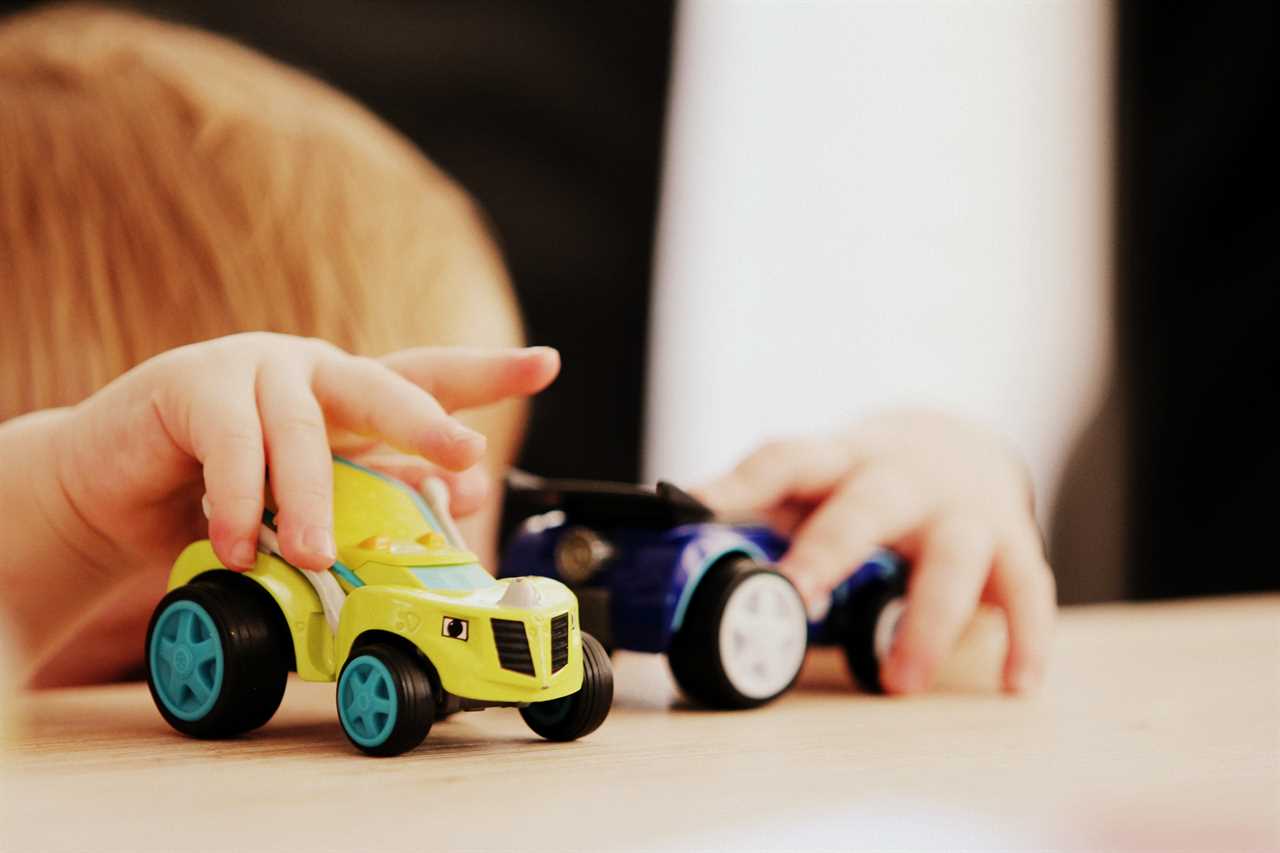
BPA-Free Options
When it comes to ensuring the safety of children, it’s important to consider BPA-free options for eco-friendly toys. BPA, or bisphenol A, is a chemical commonly found in plastics and has been linked to various health issues. As parents and caregivers, it’s our responsibility to choose toys that are free from harmful substances like BPA.
Thankfully, there are many BPA-free alternatives available in the market today. These eco-friendly alternatives are made from materials such as natural rubber, wood, organic cotton, and recycled plastics. By opting for BPA-free toys, we can minimize the risk of exposing children to this harmful chemical while still providing them with safe and enjoyable play experiences.
Let’s prioritize the health and well-being of our little ones by choosing eco-friendly toys that are free from BPA.
Frequently Asked Questions
Are There Any Additional Benefits to Choosing Toys Made From Natural Wood, Beyond Being Eco-Friendly?
Choosing toys made from natural wood has additional benefits beyond being eco-friendly. They are known for their durability, which means they can last longer and be passed down to future generations, reducing waste and saving money in the long run.
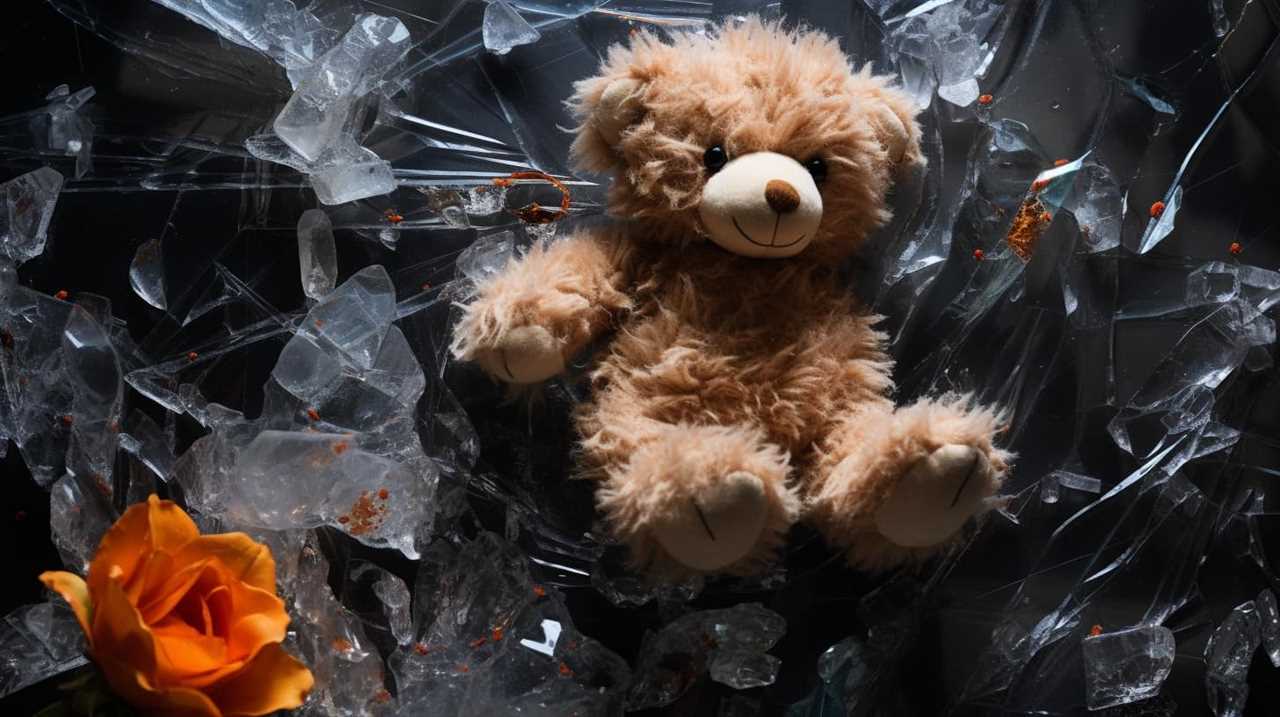
How Can I Ensure That the Organic Cotton Used in a Toy Is Truly Organic?
To ensure the authenticity of organic cotton in a toy, we can look for eco-friendly toy certifications. These certifications guarantee that the materials used, including the organic cotton, meet certain standards and are indeed organic.
Is Recycled Plastic as Durable as Traditional Plastic in Toy Manufacturing?
Recycled plastic durability is comparable to traditional plastic in toy manufacturing. However, exploring alternative toy materials like bamboo or FSC-certified wood is an excellent way to reduce environmental impact while ensuring durability and safety.
Are There Any Potential Health Risks Associated With Non-Toxic Paints Used on Toys?
There may be potential health risks associated with non-toxic paints used on toys. It’s important to thoroughly research and choose paints that are truly non-toxic to ensure the safety of children.
Can Toys Made From Sustainable Bamboo Withstand Outdoor Play and Exposure to the Elements?
Bamboo toys can withstand outdoor play and exposure to the elements. They are durable and environmentally friendly, as bamboo is a sustainable material that grows quickly and requires minimal resources for production.
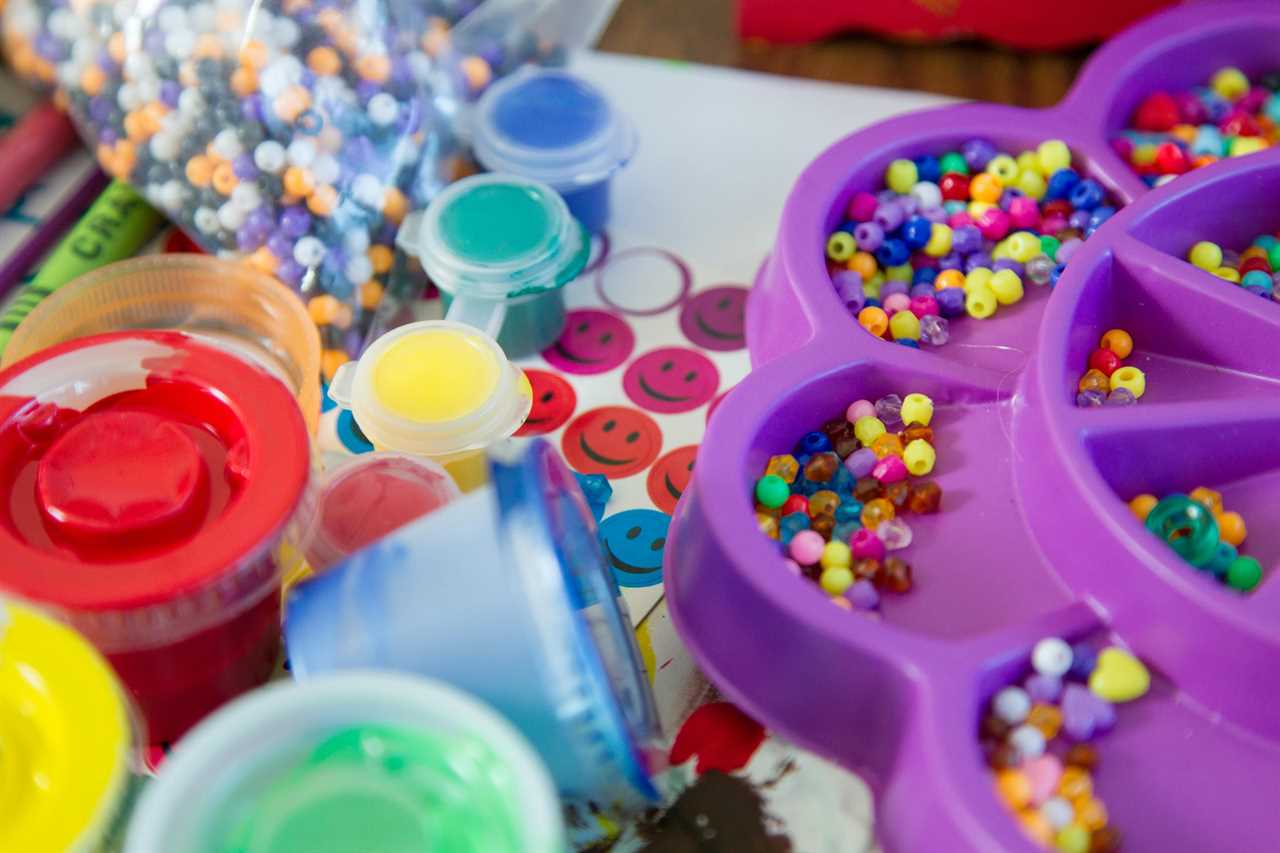
Conclusion
In our quest to protect the environment, choosing eco-friendly toy materials is crucial. Just like the delicate balance of nature, the materials we select for our children’s toys can have a profound impact.
By opting for natural wood, organic cotton, recycled plastic, non-toxic paints, sustainable bamboo, biodegradable materials, upcycled fabrics, eco-friendly plush, and BPA-free options, we can ensure a safer and greener future for our little ones.
Let’s make conscious choices that nurture both their imaginations and the planet they’ll inherit.
Mila, a gifted writer with a heart brimming with enthusiasm for child development and playful learning, is the creative force behind the enchanting narratives and insightful articles that grace Toddler Ride On Toys. With a background in early childhood education and a genuine passion for nurturing young minds, Mila weaves words that captivate, educate, and inspire parents, caregivers, and educators.



